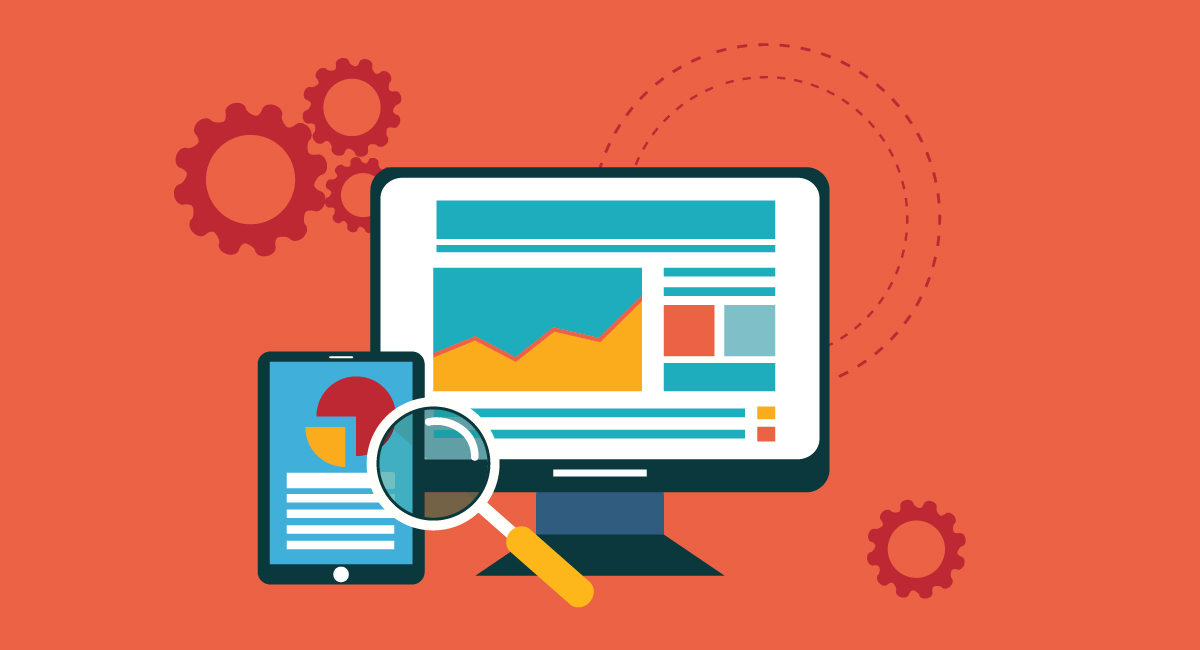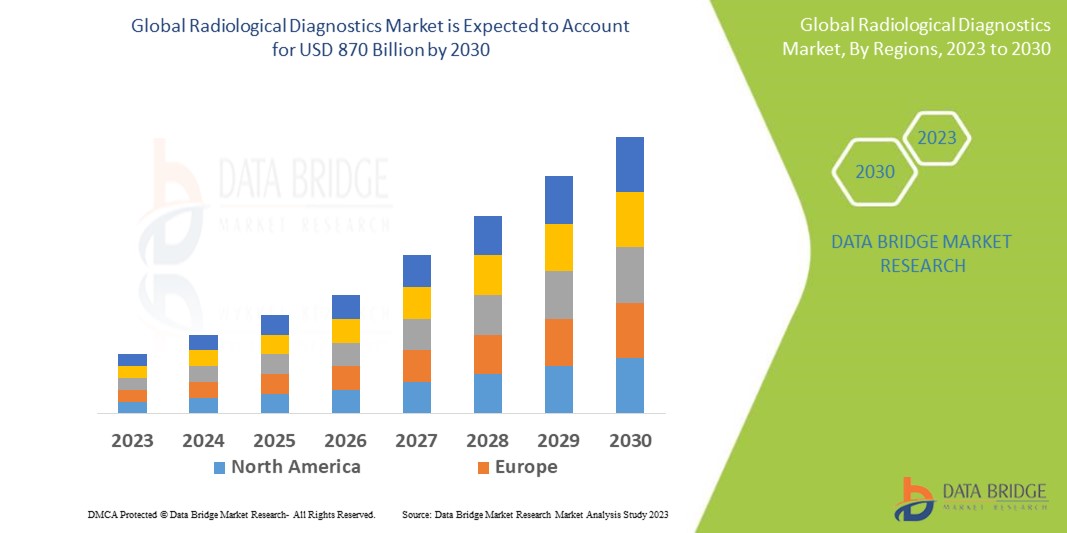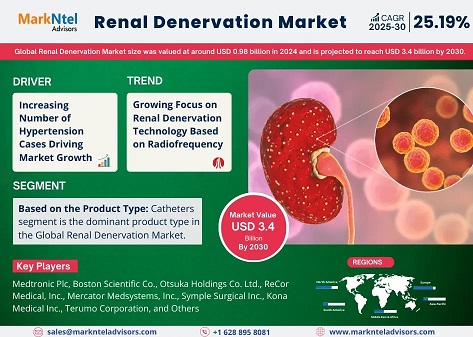Pharmaceutical PR is transforming significantly in an era where digital communication shapes public opinion and behavior. No longer confined to traditional press releases and media outreach, public relations in healthcare now demands a strategic digital approach to engage audiences, build trust, and manage reputation.
This article explores how pharmaceutical PR is evolving in the digital world, highlighting emerging trends, challenges, and strategies driving this change.
The Shift From Traditional to Digital PR in Pharma
Traditionally, Pharmaceuticals PR focused on media relations, print publications, and medical conferences to share news and influence stakeholders. However, with the rise of the internet and social media, patient behavior and expectations have changed drastically.
Today, patients, healthcare professionals, and the general public turn to online platforms for information. This has pushed pharmaceutical companies to pivot from one-way communication to dynamic, real-time engagement across multiple digital channels.
Key Drivers of the Shift:
- The widespread use of mobile devices and internet access.
- Increased demand for transparent, real-time communication.
- Social media’s influence on public opinion and brand perception.
- Regulatory pressures to ensure ethical and accurate messaging.
Role of Social Media in Modern Pharmaceuticals PR
Social media has become an indispensable tool in public relations in healthcare. Platforms like Twitter, LinkedIn, and even TikTok are now being leveraged to share research findings, promote public health initiatives, and respond to real-time health concerns.
Pharmaceutical companies use social media to:
- Engage with healthcare professionals and patients.
- Disseminate scientific knowledge in a digestible format.
- Monitor sentiment and manage crisis communications.
- Build thought leadership through expert-led content.
For instance, during global health emergencies, pharma brands have used social platforms to provide timely updates, correct misinformation, and promote vaccine awareness campaigns. These efforts demonstrate the evolving nature of Pharmaceuticals PR in a fast-paced digital environment.
The Rise of Influencer Partnerships and Patient Advocacy
Digital transformation has opened the door to influencer partnerships and patient advocacy campaigns. Patients, caregivers, and health advocates with large followings now play a vital role in shaping public perceptions of pharmaceutical products and treatments.
Collaborating with patient influencers allows pharmaceutical brands to:
- Share real-world experiences.
- Promote brand trust and authenticity.
- Reach niche communities that are often overlooked by traditional media.
However, these partnerships must be approached with transparency, adhering to legal and ethical standards to avoid misleading content. This shift underscores the growing importance of authenticity and human connection in public relations in healthcare.
Data-Driven PR Strategies
With access to vast amounts of digital data, Pharmaceuticals PR has become more measurable and targeted than ever before. Advanced analytics tools allow PR teams to monitor audience behavior, track engagement, and assess the effectiveness of campaigns in real-time.
Benefits of Data-Driven PR:
- Personalized communication strategies.
- Better segmentation and targeting.
- Real-time campaign optimization.
- Enhanced ROI measurement.
Data helps pharmaceutical companies understand what content resonates, which platforms drive the most engagement, and how public sentiment evolves. This enables proactive reputation management and informed decision-making.
Navigating Regulatory Compliance in a Digital Landscape
One of the biggest challenges facing public relations in healthcare is maintaining regulatory compliance while staying agile in digital communication. The pharmaceutical industry is heavily regulated, with strict guidelines from organizations like the FDA and EMA regarding promotional practices and public communication.
Digital PR teams must:
- Ensure content accuracy and evidence-based claims.
- Disclose sponsorships and affiliations.
- Monitor and moderate user-generated content.
- Train internal teams on compliance protocols.
Using digital tools and legal counsel, companies can manage compliance while still engaging meaningfully with their audiences. Balancing innovation and regulation is essential to effective pharmaceutical PR in the digital age.
The Future of Pharmaceuticals PR: Integrated Communication
Looking ahead, Pharmaceuticals PR will continue to integrate with other digital marketing and communication strategies. As telemedicine, wearable health tech, and AI-powered diagnostics rise, PR teams must stay ahead of the curve.
Emerging trends include:
- Voice search optimization for health-related content.
- AI chatbots for patient queries and support.
- Video storytelling for brand narratives.
- Integration with digital health platforms and apps.
The future will demand a more holistic approach, combining traditional expertise with digital fluency to drive impact across diverse touchpoints.
Conclusion
The evolution of pharmaceutical PR in the digital world reflects broader shifts in how information is consumed, shared, and trusted. From social media engagement and influencer partnerships to data-driven strategies and regulatory agility, public relations in healthcare is embracing innovation while upholding its core values of credibility and transparency.
Pharmaceutical companies that invest in modern PR capabilities—while remaining patient-centric and compliant—will be best positioned to thrive in this dynamic landscape.
Also Read: Unlocking Growth with Blockchain in Business


